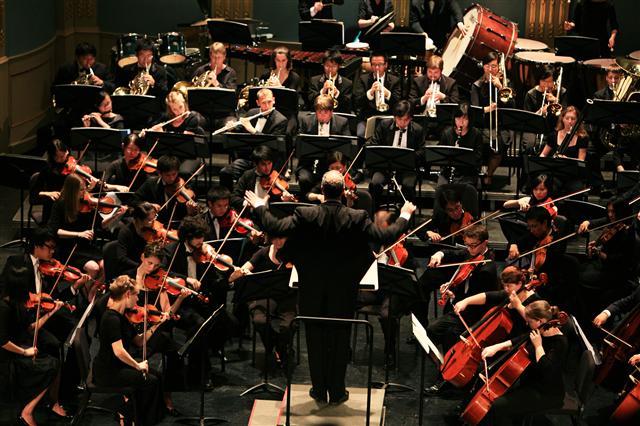What’s the Difference Between an Orchestra’s Executive Director and General Manager?
Executive Director? General Manager? Who does what? Title confusion may be attributed to history. Many years ago, the Chief Executive Officer of a symphony orchestra might have been called “General Manager.” Depending on the size of the orchestra, some responsibilities vary. No matter what the Chief Executive Officer’s title is – Executive Director, President, Managing Director – that position is engaged directly by the Board of Directors to administer the orchestra according to the strategies and policies set by the Board. The General Manager, a senior management position, reports to the Executive Director and is responsible for only a portion of the overall management functions.
An examination of management functions is a helpful, but not foolproof, way to distinguish these two positions. The following is a basic list of functions for any orchestra:
- Concert/event planning and production
- Education and community engagement
- Management of artistic staff, including administering the CBA (collective bargaining agreement)
- Marketing and public relations
- Development
- Financial administration, including human resources
The Executive Director is responsible for all of these areas operating at a high level in order to meet the annual goals set forth in the orchestra’s strategic plan. This is generally accomplished by supervising a staff hired to perform specific aspects of those functions, but if there is limited staff or no staff, the Executive Director would be responsible for ensuring that those functions are accomplished.
The General Manager ordinarily oversees or performs Functions 1 and 3, and sometimes 2. General Managers are usually very involved in individual and CBA negotiations, media projects, touring, and other special projects, and they may be the de facto “Second-in-Command” in some institutions. In that regard, it is often a more elevated title than Orchestra Manager or Director of Concert and Artistic Operations or whatever the orchestra chooses to call the position that is responsible for those functions.
In conclusion, while a General Manager may wield significant influence as a Senior Staff member in an orchestra, the buck stops with the Executive Director, and that is where the administrative decision-making authority rests.


No comments yet.
Add your comment